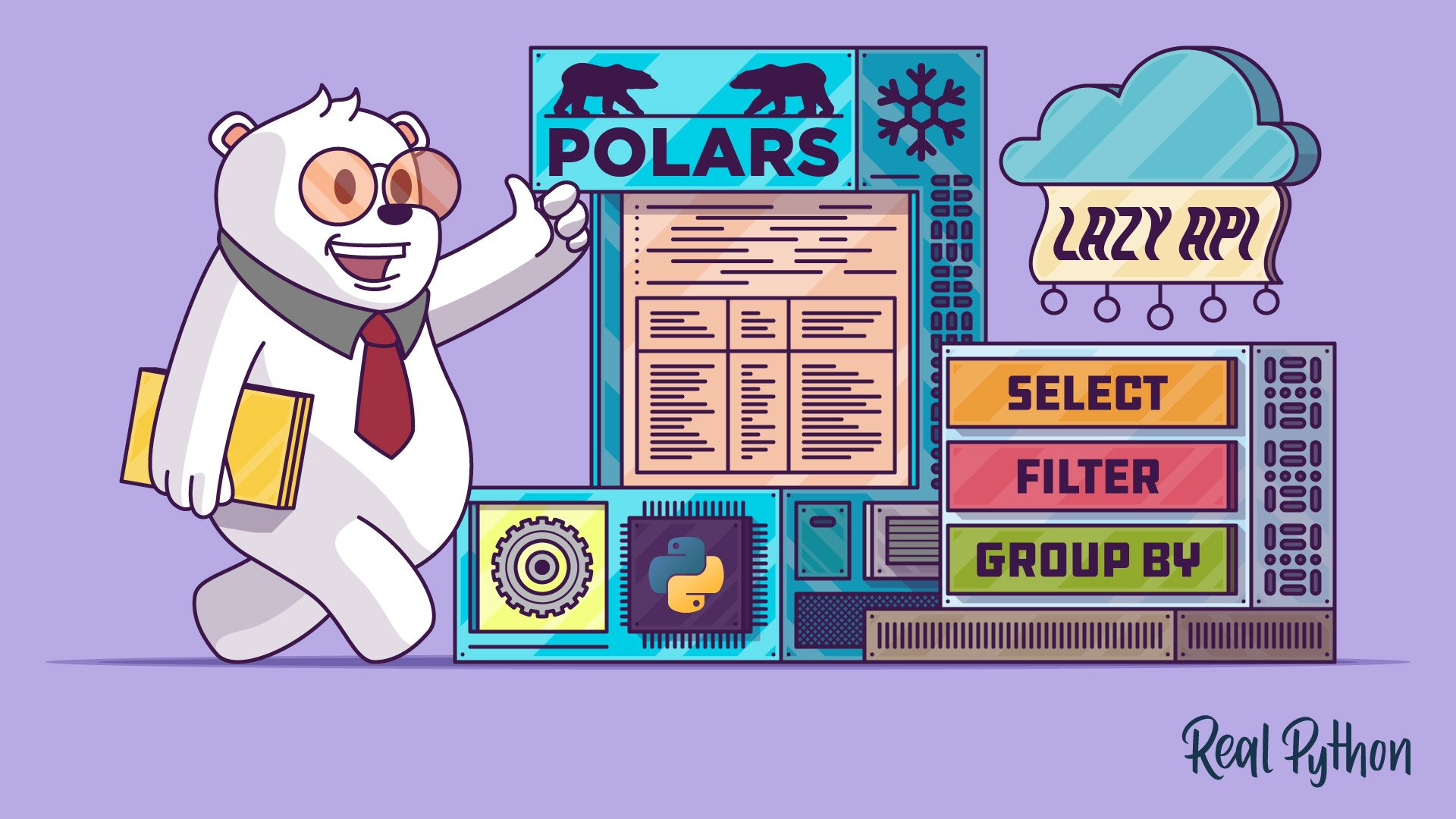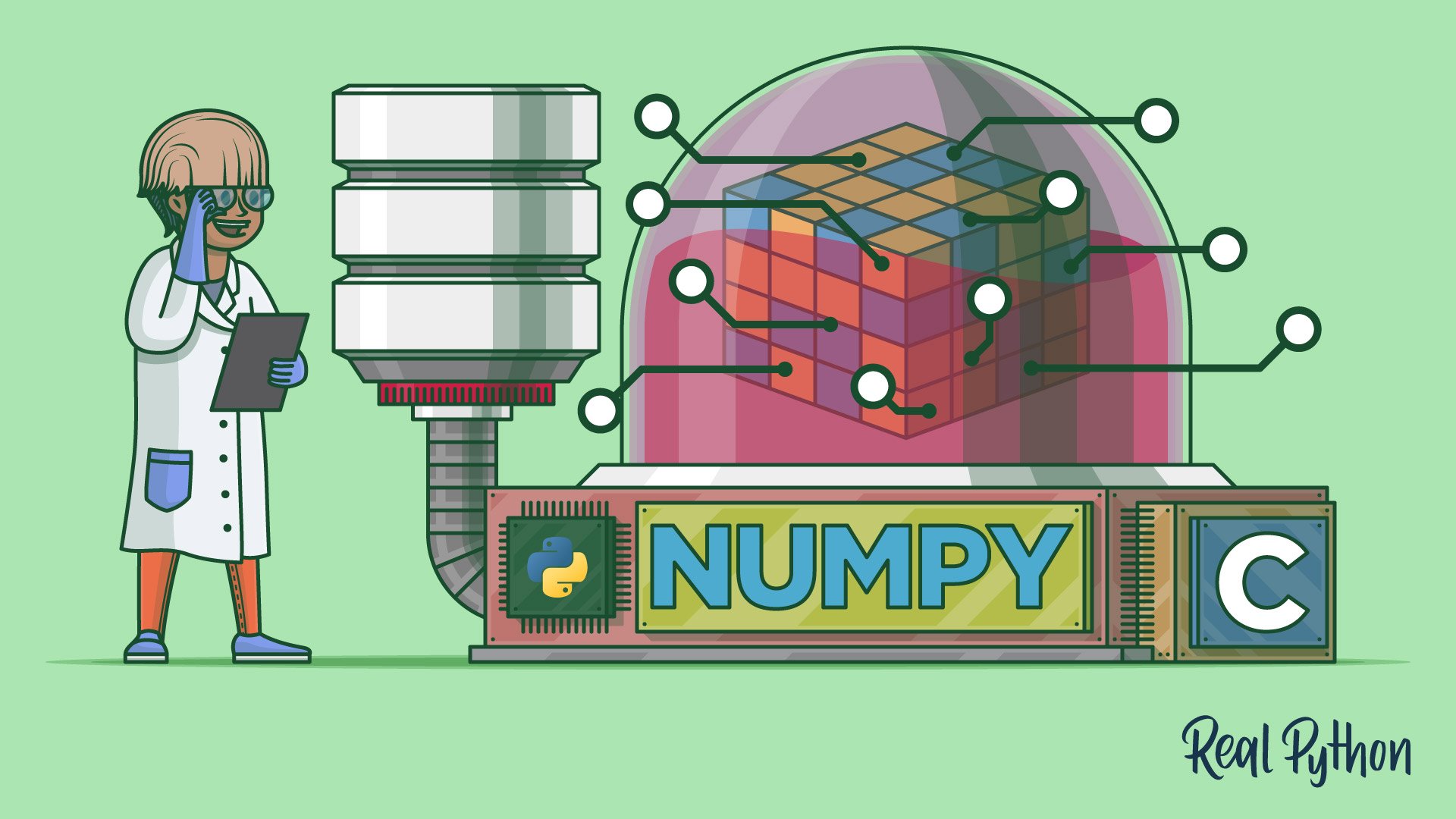
Python Polars: The Future of Dataframes
As a Python developer, I’m always on the lookout for ways to make my workflow more efficient. That’s why I’m excited about Python Polars, a new library that’s changing the game when it comes to dataframes. In this article, I’ll dive into the world of Python Polars, explore its features, and discuss why it’s becoming a go-to tool for data scientists and developers alike.
The Need for Speed
We’ve all been there - stuck waiting for our code to run, watching as the minutes tick by. But what if I told you there’s a way to speed up your Python programs by up to 10 times? It sounds too good to be true, but with Python Polars, it’s a reality. By leveraging the power of parallel processing, Polars is able to handle large datasets with ease, making it an essential tool for anyone working with big data.
 Python Polars is changing the game when it comes to dataframes
Python Polars is changing the game when it comes to dataframes
But Polars isn’t just about speed - it’s also incredibly easy to use. With a simple, intuitive API, you’ll be up and running in no time. And with its ability to handle complex data structures, you’ll be able to tackle even the most challenging projects with confidence.
The Power of NumPy
Of course, Python Polars isn’t the only game in town when it comes to fast math at scale. NumPy has long been a staple of the Python data science community, and for good reason. With its ability to handle large arrays and matrices, NumPy is an essential tool for anyone working with data. But Polars takes things to the next level, offering a more efficient and flexible way to work with dataframes.
 NumPy is still a powerful tool for fast math at scale
NumPy is still a powerful tool for fast math at scale
The Future of Data Science
So what does the future hold for Python Polars? With its recent release of version 1.0.0-rc.1, it’s clear that the library is here to stay. And with its growing community of developers and users, it’s likely that we’ll see even more exciting features and updates in the coming months.
As I look to the future, I’m excited to see how Python Polars will continue to shape the world of data science. With its ability to handle large datasets with ease, it’s clear that Polars is going to be a major player in the years to come.
Conclusion
In conclusion, Python Polars is a game-changer for anyone working with data. With its ability to handle large datasets with ease, its ease of use, and its flexibility, it’s an essential tool for anyone looking to take their data science skills to the next level. So why not give it a try? You might just find that it’s the missing piece you’ve been looking for.
 Python Polars is the future of dataframes
Python Polars is the future of dataframes














